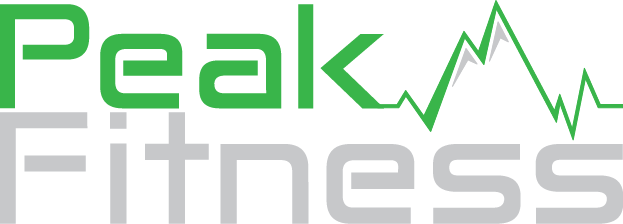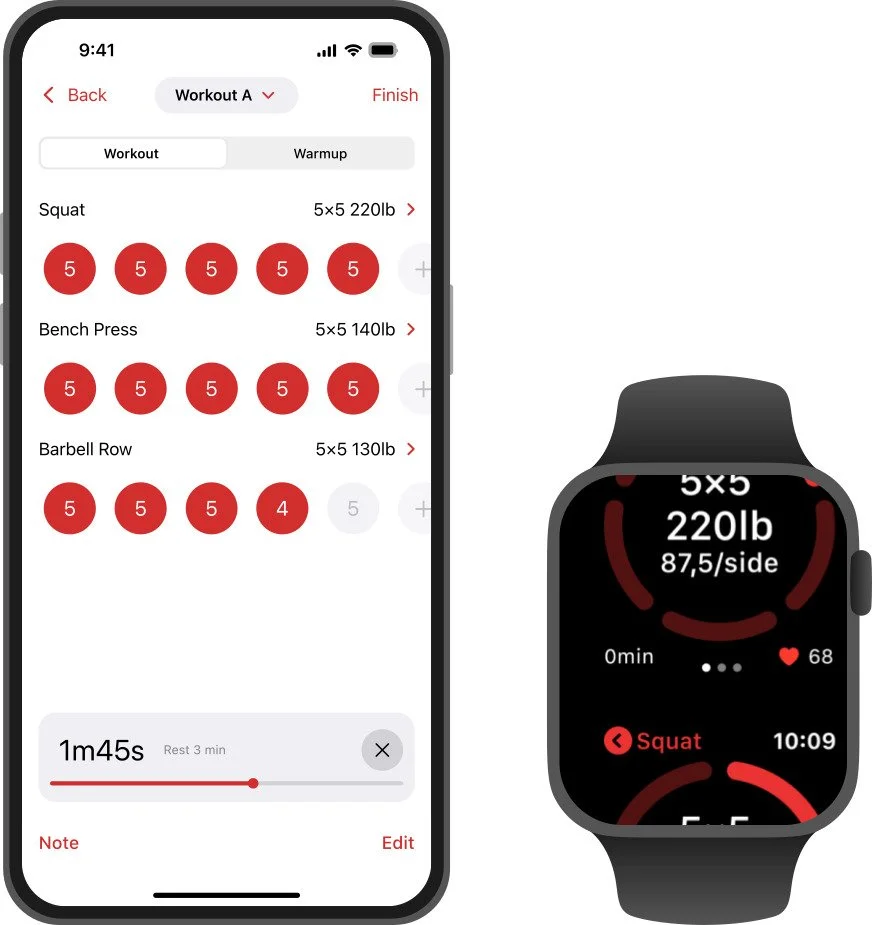5 Best Muscle Building Strategies - #5 The Power of Progress Tracking
Regularly monitoring your progress is pivotal in navigating the path to success in any strength training program. It's not just about acknowledging how far you've come but also about fine-tuning your approach for future gains. This comprehensive guide explores the significance of tracking your strength and fitness levels and introduces practical methods, including the often-overlooked strategy of video analysis, to elevate your training regimen.
1. Embrace Progressive Overload
What Is It?: Gradually increasing the stress on your muscles.
Why It's a Top Choice: It's crucial for continuous muscle growth and strength gains.
How to Implement: Alter sets, reps, and weight; modify exercise tempo; introduce new exercises.
2. Prioritize Proper Technique
What Is It?: Ensuring correct form in all exercises.
Why It's Crucial: Reduces injury risk and ensures targeted muscle development.
Best Approach: Work with a coach or trainer. [Insert Image: Trainer assisting a client with form]
3. Focus on Recovery
What Is It?: Incorporating adequate rest and recuperation.
Why It Matters: Muscle repair and strengthening occur during this time.
Top Tips: Prioritize sleep, include active recovery days.
4. Optimize Your Nutrition
What Is It?: Eating a balanced diet to support training.
Why It's Essential: Proper nutrition fuels workouts and aids in recovery.
Best Choices: Balanced intake of proteins, carbs, and fats.
5. Regularly Review Your Progress
What Is It?: Tracking your strength and fitness levels.
Why It's Vital: Helps identify achievements and areas for improvement.
Best Methods: Use fitness apps, keep a training log.
Implementing these strategies is key to breaking through strength training plateaus. They set you up for long-term success in your fitness journey. "Stronger Than Yesterday!" is more than just a catchphrase – it's a commitment to continuous growth and improvement. “Start Your Transformation Today!”
Introduction
Regularly monitoring your progress is pivotal in navigating the path to success in any strength training program. It's not just about acknowledging how far you've come but also about fine-tuning your approach for future gains. This comprehensive guide explores the significance of tracking your strength and fitness levels and introduces practical methods, including the often-overlooked strategy of video analysis, to elevate your training regimen.
The Importance of Progress Tracking in Strength Training
What Is Progress Tracking?
Tracking your progress involves documenting various aspects of your workout routine, from the weights you lift to the number of repetitions and sets you perform. It's a systematic approach to record and evaluate your training journey.
The Benefits of Regular Reviews
This practice is crucial for identifying both achievements and areas that require improvement. It serves as a motivational tool and a roadmap that guides your training decisions, ensuring every workout contributes to your overarching goals.
Strategies for Effective Progress Tracking
Employing Fitness Apps
Advantages
Fitness apps simplify the logging process, offering an array of features from performance analytics to motivational challenges. They provide a portable and accessible means to keep tabs on your progress.
Top Picks
Consider apps like MyFitnessPal for nutrition tracking and StrongLifts for workout logs, known for their ease of use and comprehensive features.
Maintaining a Detailed Training Log
Purpose
Beyond recording workouts, a training log can capture notes on your physical and emotional state, dietary habits, and sleep quality, painting a fuller picture of your fitness journey.
Getting Started
Document the essentials—exercise, weight, sets, reps—and gradually incorporate observations about your well-being and recovery.
Setting and Assessing Goals
Process
Define specific, measurable objectives to steer your training direction. Regularly evaluate your progress against these targets to stay focused and motivated.
Regular Reviews
Whether it’s increasing your bench press or improving body composition, periodic assessments help keep your training aligned with your goals.
Visualizing Progress with Photos and Measurements
Impact
Visual documentation through progress photos and body measurements offers tangible evidence of your transformation, often capturing changes you might not notice day-to-day.
Consistency is Key
Take photos in consistent conditions and measure body parts periodically to accurately track changes.
Capturing Workout Videos for Technique Review
Why It Matters
Video recordings of your exercises are invaluable for critiquing and improving your technique. They allow you to observe your form from angles you can’t see in real-time or in a mirror.
Application
Regularly film your workouts, focusing on complex lifts or areas you're working to improve. Review the footage to identify form adjustments and track technical progress over time.
Leveraging Feedback for Optimized Training
Insights from Data
Analyze the information you gather to tailor your workout intensity, volume, and recovery. This iterative process is key to overcoming plateaus and continuously advancing in your training.
Adaptive Strategy
Embrace the cycle of planning, executing, reviewing, and adjusting your training based on your tracked progress for sustained improvement.
Conclusion
Incorporating a multifaceted approach to tracking your progress is a game-changer in strength training. From digital logs and physical journals to visual documentation and video analysis, each method offers unique insights that, collectively, provide a comprehensive overview of your journey. Embrace these tools to celebrate your achievements, refine your technique, and strategically navigate your path to peak performance and beyond.








